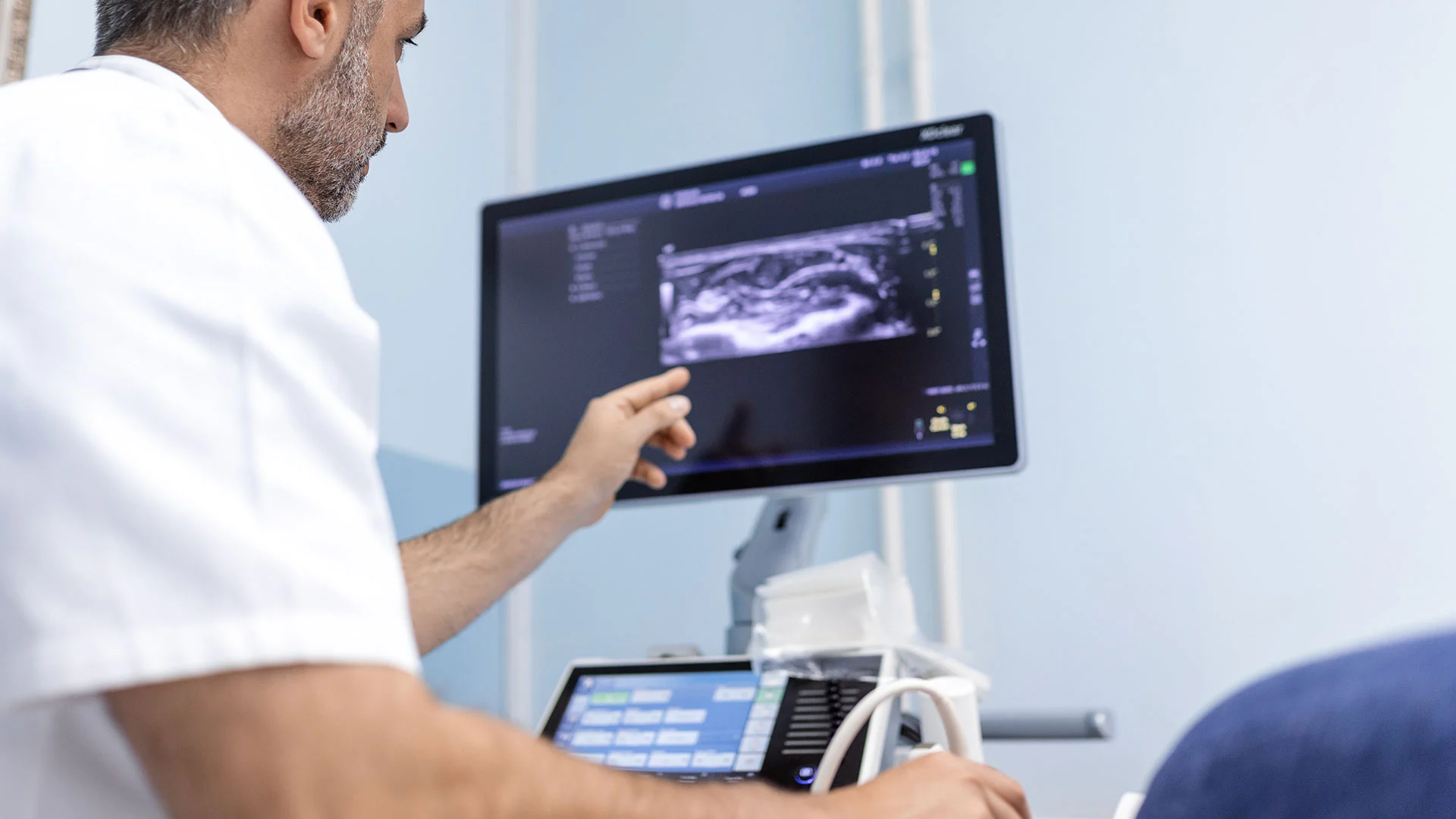Anomaly Scan / Anatomy Scan: What should you expect?
Pregnancy is a journey filled with moments of joy and anticipation, and the anomaly scan—or anatomy scan—is a significant and exciting milestone.
This article will guide you through what an anomaly scan is, what to expect during the procedure, the findings you might encounter, and how to interpret the results.
If you have any questions or concerns or would like to schedule an appointment, please don't hesitate to contact us today.
What Is the Anomaly Scan?
The anatomy scan is typically conducted between 18 and 23 weeks of pregnancy. It is a comprehensive ultrasound examination focusing on your baby's anatomy.
Unlike earlier scans that assess gestational age, this scan dives deeper, meticulously evaluating the development of your little one's organs and systems.
Think of it as a detailed tour of your baby's development, providing a snapshot of their growth and flagging potential health concerns.
What Is Checked During the Scan?
During the mid-pregnancy scan, the sonographer will carefully examine various aspects of your baby's development to check for any signs of abnormalities or developmental issues.
Here's what our anatomy scan includes:
Detailed Check of Foetal Anatomy: This crucial part of the scan examines your baby's physical development in detail. The sonographer looks at the brain, spinal cord, face, heart, abdomen, kidneys, bladder, arms, and legs to check for any developmental abnormalities.
Foetal Biometry: This involves measuring different parts of your baby's body to assess growth and development. The sonographer will measure the head circumference, abdominal circumference, and femur (thigh bone) length. These measurements are used to calculate the estimated foetal weight (EFW) and plotted on a growth chart to assess how your baby is growing compared to typical growth standards.
Amniotic Fluid Assessment: The sonographer evaluates the amount of amniotic fluid surrounding your baby. The volume of amniotic fluid is a key indicator of your baby's well-being and can affect the pregnancy outcome.
Placenta Position Assessment: The scan includes checking the position of the placenta. Its location is important, as it can affect the delivery method. For example, a low-lying placenta (placenta praevia) may make a caesarean section more likely.
Cervical Assessment: The scan often includes an evaluation of the cervix. This is usually done transabdominally (over your tummy). But in some cases, if there are concerns, a transvaginal scan may be performed with your consent. This helps to check for signs of preterm labour.
Sex Determination: If requested and if the baby is in a suitable position, the sonographer can inform you of your baby's sex during the scan.
In the rare event that an anomaly is suspected, Harley Street Ultrasound prioritises immediate and appropriate action. A referral to a foetal medicine specialist will be made to ensure that you receive expert care. We are committed to providing our patients with the highest standard of medical care and ensuring the health and well-being of your baby.
The Procedure: What to Expect
On the day of your anomaly scan at Harley Street Ultrasound, you can expect a straightforward and non-invasive procedure. Here's a breakdown of what typically happens:
Preparation: You might be asked to come with a full bladder, as this can improve the visibility of the ultrasound images. Generally, you'll need to drink about four glasses of water 45 minutes before your appointment.
The Scan Process: A sonographer will apply a special gel to your abdomen and move a handheld device called a transducer across your skin. The transducer emits safe, high-frequency sound waves that create images of your baby on a monitor.
Duration: The scan usually takes about 30 to 40 minutes, depending on factors like your baby's position and movement.
Comfort and Safety: The procedure is generally painless, but you might feel mild discomfort due to pressure from the transducer. If you experience pain at any point, please let your specialists know.
Potential Findings of the Anomaly Scan
The anatomy scan provides valuable insights into your baby's health and development. In most cases, the scan confirms that your little one is growing typically and all organs are functioning normally.
However, the scan can also detect potential anomalies or malformations, such as:
Chromosomal Abnormalities: Structural abnormalities like down syndrome, trisomy 18, and other chromosomal conditions
Structural Abnormalities: Congenital heart defects, spina bifida, or limb malformations
Growth Concerns: Intrauterine growth restriction or macrosomia
Accuracy and Limitations of the 20-Week Pregnancy Scan
It's important to understand that while the anomaly scan effectively detects certain conditions, it's not infallible.
Factors like the baby's position, amniotic fluid levels, maternal body weight, and scar tissue can affect visibility. Some conditions that develop later in pregnancy or affect the baby's heart may not be detectable at this stage.
Your sonographer will clarify these limitations with you during your appointment.
Interpreting the Results
After the scan, the sonographer will discuss the findings with you. They may seek a second opinion or recommend further diagnostic tests if any concerns arise.
Most scans show that the baby is developing normally. Still, in some instances, additional scans may be suggested for various reasons, including medication use, pre-existing medical conditions, or inconclusive findings. Images are all sent to our patients post scan.
Follow-Up and Support
Discovering a potential health issue during the mid-pregnancy scan can be daunting. Harley Street Ultrasound ensures that you receive comprehensive support and guidance. This may include planning for any necessary medical interventions post-birth or arranging delivery in a specialised facility if needed.
FAQs About the Anomaly Scan
Is the anomaly scan safe for my baby?
Yes. The anomaly scan is a safe and standard procedure. Ultrasound technology has been used for decades and has no known risks to the mother or baby.
Can I find out the gender of my baby during the scan?
If you wish to know your baby's gender, you can usually find out during the anomaly scan, provided the baby is in a suitable position for the sonographer to tell.
What should I do if the scan reveals a problem?
If any issues are detected, your healthcare provider will discuss the findings with you and suggest the next steps, which may include further tests or consultations with specialists.
Schedule Your Appointment Today
The anomaly scan is a key milestone in your pregnancy journey, providing valuable insights into your baby's development.
At Harley Street Ultrasound, we ensure that this experience is as informative and reassuring as possible. For more information or to schedule your anatomy scan, visit our anatomy scan page.
Resources:













